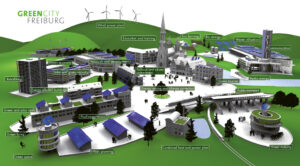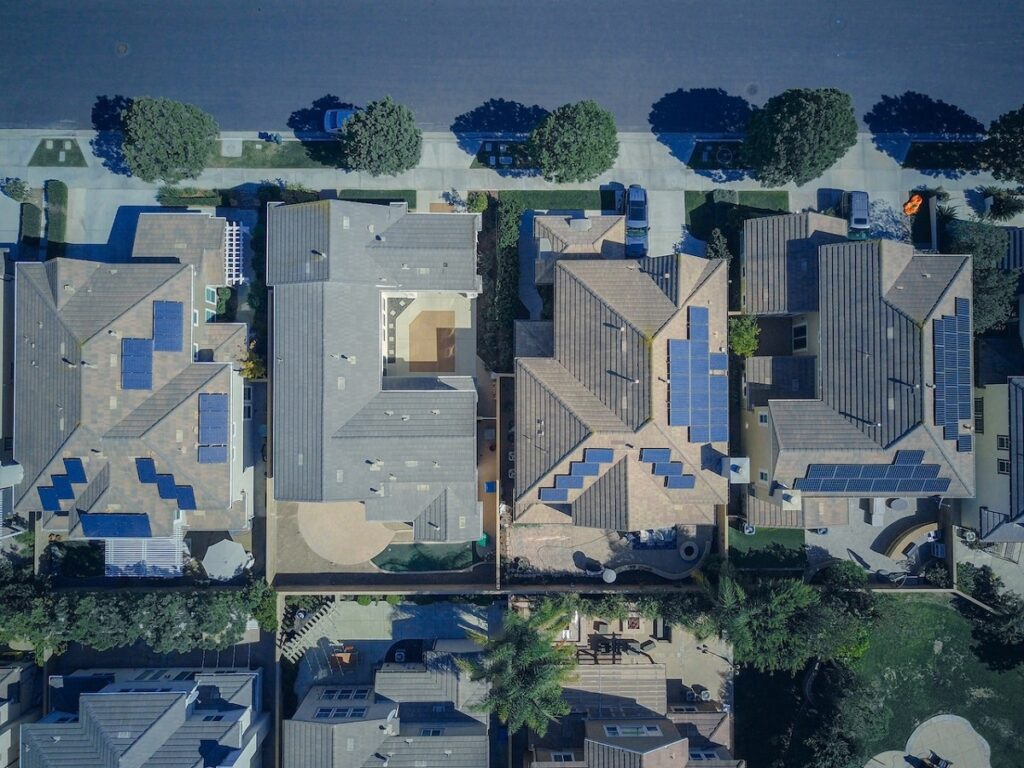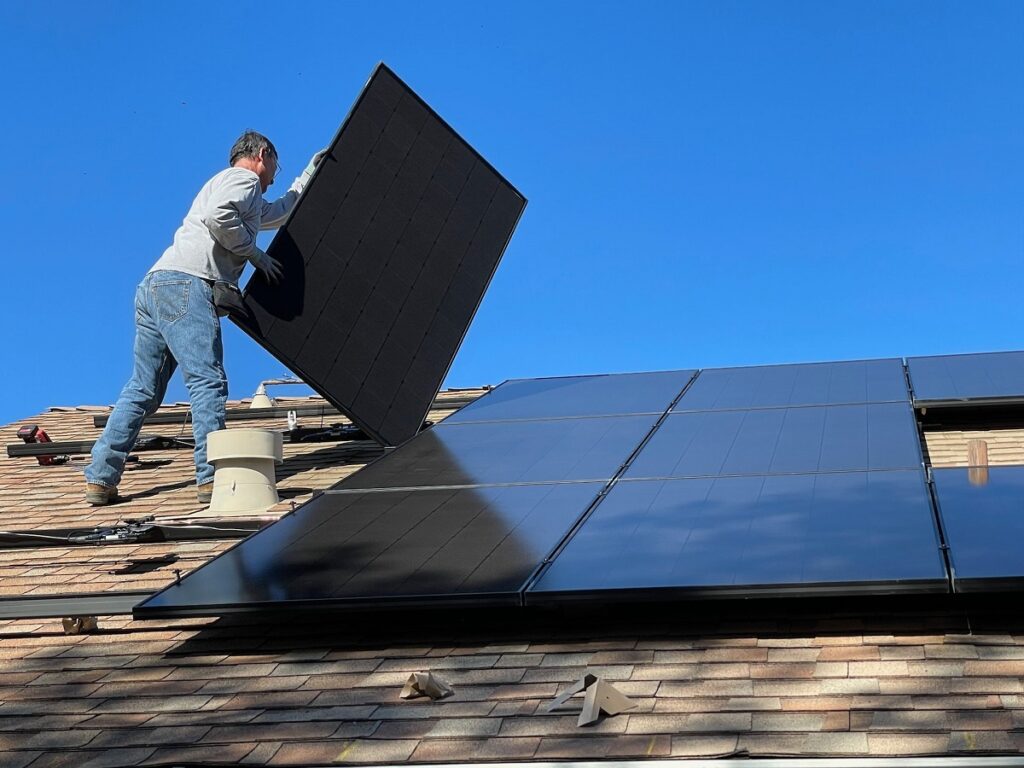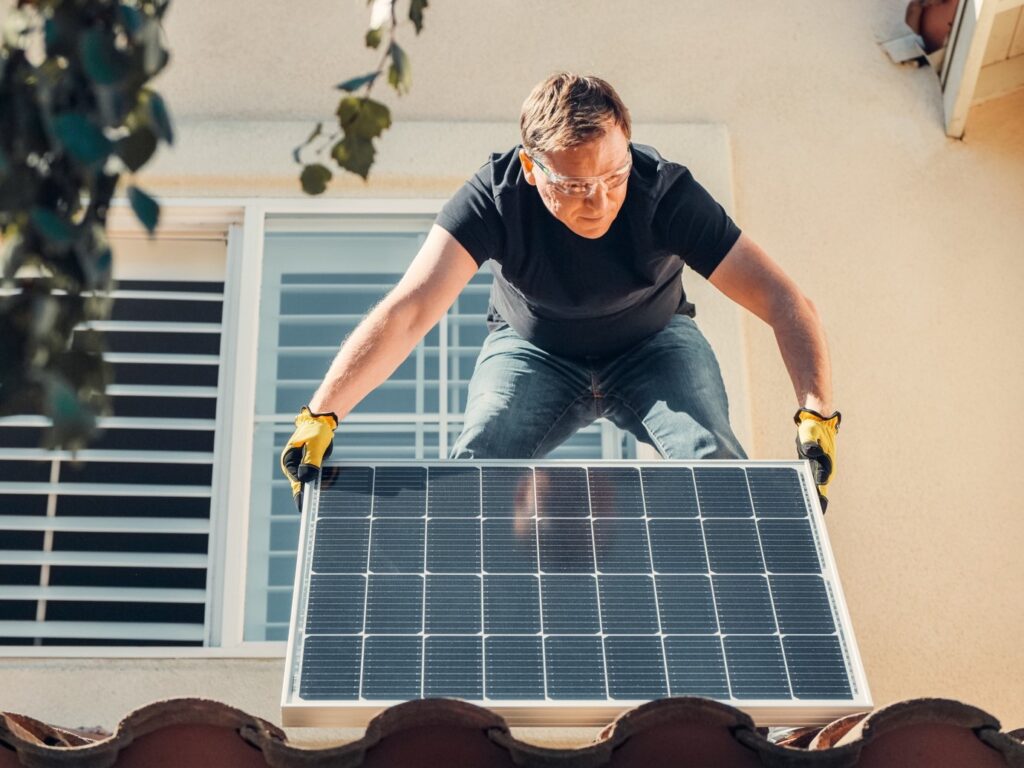Have you ever thought that in a perfect world all buildings would be self-sufficient when it comes to energy usage? Well, a town in Germany is leading the way.
It is with some justification that Freiburg regards itself as one of the birthplaces of the environmental movement. Freiburg‘s sustainability process began as far back as the 1970s with the successful action against the Wyhl nuclear power plant.
Environmentally Sensitive Urban Development

Environmental policy, solar technology, sustainability and climate protection have become the drivers of economic and political growth along with urban development. With the prize being a self-sufficient town that’s leading the world.
The new City Hall in Freiburg (Germany) – is one of largest solar glass facades in Europe. The surface of the building covered in solar modules is approximately 13.000m². The façade consists of metal frames aligned towards the sun. And with good architectural design the local government building looks good as well as being functional.
The overall output of 220kWp is generated by a total of 880 solar modules, which were manufactured as special seamless double-glass modules with the exceptional dimensions of 3.5m height on 60cm width, weighing almost 100kg each.
Zero Energy Building
The City Hall completely matches with the principal standards of a zero-energy building. Due to the ENEV regulations, all buildings and facades are to be equipped with energy-saving components in the future.
And it’s not just the City hall that is meeting these standards. The town of Freiburg could well be the greenest city in the world. Something we should aspire to be in a sun-drenched country such as Australia.
The Knock-on Effect of Going Green
- Solar powered government buildings (including public housing) would result in an 80-90% saving on power costs, savings that could be diverted to under funded services that benefit the community directly.
- Public housing designed to include solar power would result in lower power bills (or no bills) for low-income families, which would result in lower cost to government in subsidised power bills.
- At a local government level, power savings could/should result in a reduction of rates to homeowners.
If the government were serious about climate change and boosting the economy, these initiatives would be a good place to start.


